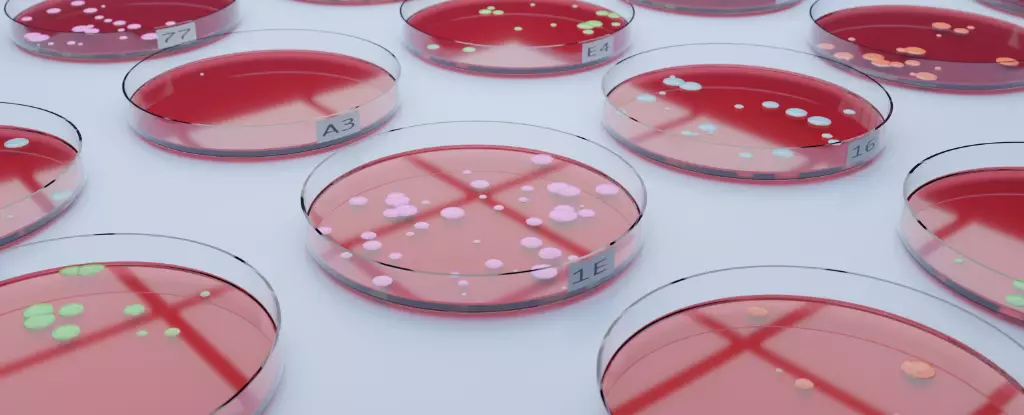Antimicrobial resistance (AMR), characterized by its ability to render common antibiotics ineffective, poses a severe and escalating threat to global public health. A recent global analysis has laid bare the potential consequences of this burgeoning crisis: nearly 40 million deaths worldwide over the next 25 years if significant actions are not taken to mitigate the risks associated with drug-resistant superbugs. The research, heralded as the first comprehensive attempt to monitor the trajectory of AMR on a global scale, sheds light on both current realities and future hazards.
From 1990 to 2021, the study published in The Lancet documented that over a million lives were claimed annually due to infections caused by these resilient pathogens. Such figures encapsulate both a historical pattern and a looming crisis, reflecting the steady rise of AMR as a dire health concern while simultaneously acknowledging some successes in particular demographics, such as reducing childhood mortality from lethal infections by more than half.
While it’s reassuring that childhood deaths due to superbug infections have declined significantly in recent decades, this should not obscure the growing challenge posed to older populations. When children do contract infections from these resistant strains, treatments are becoming increasingly difficult and less effective, which raises concern for their long-term health outcomes. The paradox is striking: as intervention strategies advance for younger demographics, older populations, particularly those aged over 70, have experienced a surge in mortality rates from drug-resistant infections, with an increase of more than 80 percent in just thirty years. This divergence necessitates a multifaceted approach to address vulnerabilities across age groups effectively.
One of the most alarming statistics reported is the doubling of MRSA (methicillin-resistant Staphylococcus aureus) infections, which climbed to an unprecedented 130,000 deaths in 2021 from three decades ago. This antibiotic-resistant strain is emblematic of the broader AMR issue, underscoring the complex interplay between bacterial mutation, healthcare practices, and societal aging.
Modelling from the study suggests a dramatic rise in deaths attributed to AMR—an estimated 67 percent increase, projecting nearly two million direct fatalities annually by 2050 if current trends persist. Furthermore, AMR could exacerbate an additional 8.2 million annual deaths—a staggering jump of nearly three-quarters—laying bare the alarming trajectory of inaction.
The implications of these findings are profound. If left unchecked, AMR could be responsible for 39 million direct deaths and contribute to a staggering total of 169 million deaths over 25 years. Such statistics paint a grim picture for the future of global health and call for immediate and coordinated action.
However, the research does not solely present a dystopian future; it also offers a glimmer of hope. By enhancing the quality of care for severe infections and bettering accessibility to effective antimicrobial treatments, researchers suggest that approximately 92 million lives could be saved by 2050. This prospect underscores the vital need for healthcare systems worldwide to adopt proactive measures aimed at combating AMR.
The recent findings underscore that AMR is not merely an emerging concern; it has been a persistent threat for decades, magnified by our practices surrounding antibiotic use in humans, animals, and agriculture. These factors have accelerated the evolution of resistant strains, making it critical to re-evaluate our strategies for antibiotic deployment and emphasize responsible stewardship in all areas.
The countdown to a high-level United Nations meeting focusing on AMR underscores the urgency of the situation. This gathering provides a pivotal opportunity for global leaders to address one of the most pressing health threats of our time. The collective action from governments, healthcare providers, and societies alike is necessary to combat AMR effectively. Turning the tide will require a mix of scientific innovation, policy advancements, and public health education to ensure we do not succumb to the very infections we once conquered.
The fight against drug-resistant superbugs calls for a combined effort, vigilance, and a renewed commitment to safeguarding the future of global health. The potential for millions of saved lives hinges on our immediate actions today to overhaul antibiotic use and improve healthcare responses worldwide.


Leave a Reply